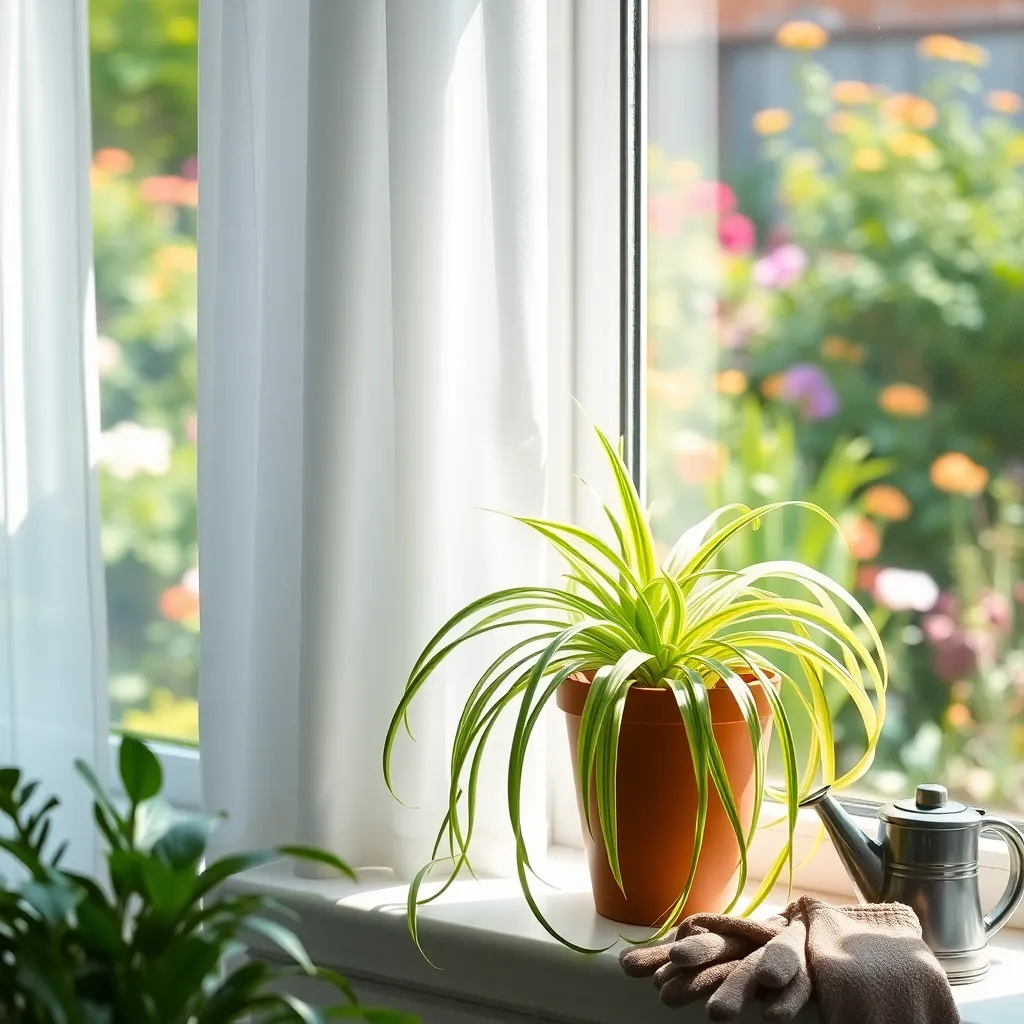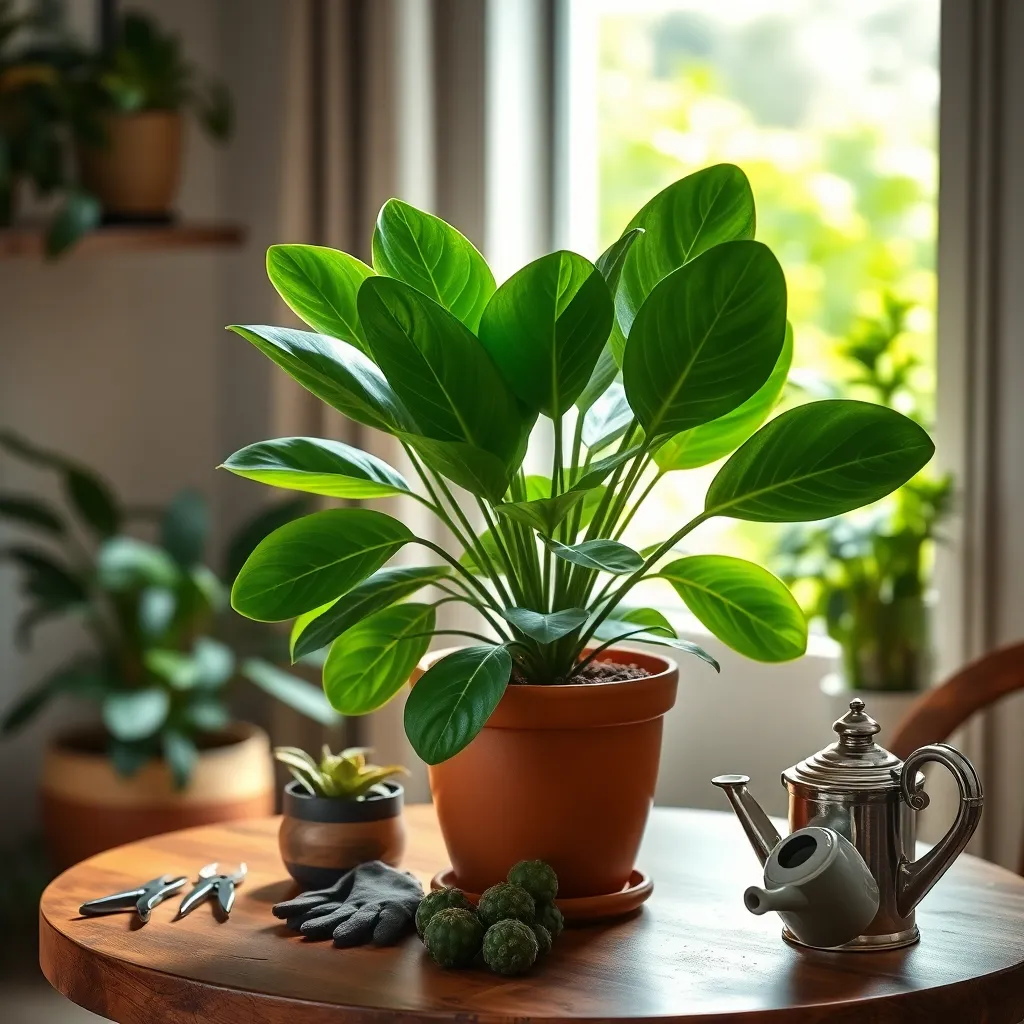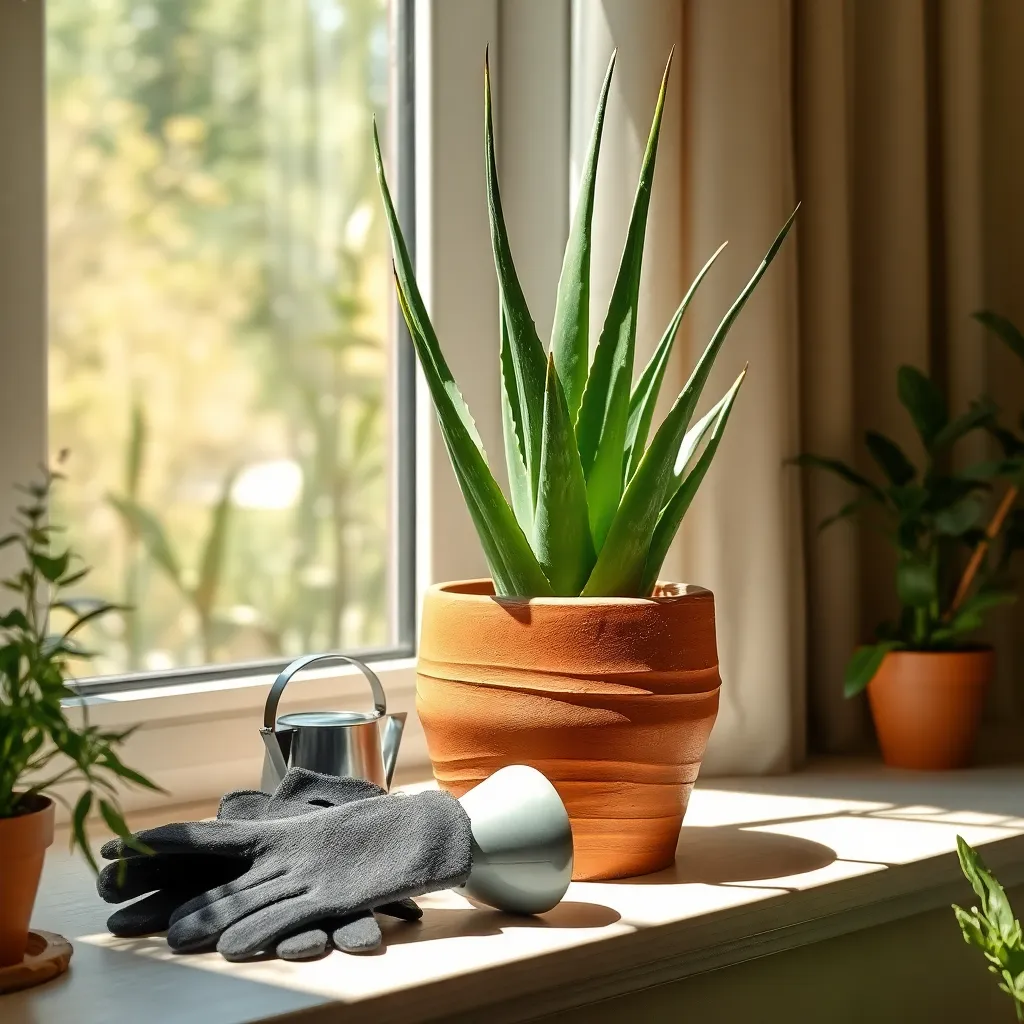Imagine transforming your home into a lush oasis where every breath feels fresher and more invigorating. Whether you’re a seasoned plant enthusiast or just starting your indoor gardening journey, nurturing houseplants that purify the air is a rewarding endeavor that enhances both your living space and well-being. These five exceptional houseplants are more than just decorative; they are nature’s air purifiers, quietly working to remove toxins and improve the quality of the air you breathe. With this guide, you’ll discover the perfect companions that effortlessly combine beauty with functionality, ensuring your home is not only comfortable but also healthier.
Diving into the world of indoor gardening opens up a realm of possibilities, where the simple act of tending to plants becomes a source of joy and tranquility. By choosing the right houseplants, you’re not only adding vibrant life to your space but also reaping the practical benefits of cleaner air and a more serene environment. This guide will equip you with the knowledge and confidence to thrive with these top five air-purifying plants, turning your home into a sanctuary of green vitality. Get ready to embrace the satisfying rewards of successful gardening, knowing that each plant you care for is contributing to a healthier, happier home.
Peace Lily (Spathiphyllum wallisii)

The Peace Lily (Spathiphyllum wallisii) is a popular choice for improving indoor air quality, thanks to its ability to remove common pollutants. Known for its elegant white blooms and lush green foliage, this plant is also very easy to care for, making it ideal for beginners.
To thrive, Peace Lilies require indirect light, as direct sunlight can scorch their leaves. Place them in a spot where they receive bright, filtered light, such as near a north or east-facing window.
Watering is crucial for Peace Lilies, as they prefer to be kept moist but not waterlogged. A good rule of thumb is to water them when the top inch of soil feels dry, usually once a week.
For experienced gardeners looking to optimize growth, consider using a balanced liquid fertilizer every 6-8 weeks during the growing season. Avoid over-fertilizing, as Peace Lilies are sensitive to excessive nutrients, which can lead to leaf burn.
Spider Plant (Chlorophytum comosum)

Spider Plant (Chlorophytum comosum) is a popular choice for improving indoor air quality due to its ability to absorb toxins. Known for its resilience and ease of care, it’s an excellent option for both beginner and experienced gardeners.
To grow a healthy Spider Plant, ensure it is placed in bright, indirect light, though it can tolerate low-light conditions if necessary. Water it moderately, allowing the top inch of soil to dry out between waterings to avoid root rot.
Using a well-draining potting mix is crucial, ideally one containing peat, pine bark, or perlite, which ensures adequate aeration and moisture retention. Regularly check the roots, as Spider Plants can become root-bound; repotting every couple of years will promote vigorous growth.
For an advanced tip, fertilize Spider Plants monthly during the growing season with a balanced liquid fertilizer to encourage lush foliage. Encourage propagation by planting the small offshoots, or “spiderettes,” that grow from the mother plant, allowing you to expand your indoor garden effortlessly.
Boston Fern (Nephrolepis exaltata)

The Boston Fern (Nephrolepis exaltata) is a lush, feathery plant that not only beautifies your space but also effectively purifies the air. Known for removing toxins like formaldehyde and xylene, it’s a powerhouse in improving indoor air quality.
To keep your Boston Fern thriving, place it in a location with indirect sunlight as direct sunlight can scorch its delicate fronds. A north or east-facing window is ideal, ensuring your fern receives gentle, filtered light.
Watering is crucial for a Boston Fern, which prefers consistently moist soil. Aim to water it once a week, adjusting frequency based on humidity levels in your home, and always avoid letting the soil dry out completely.
For advanced care, maintain humidity around the plant at approximately 50% by misting regularly or placing a humidifier nearby. Additionally, use a well-draining potting mix rich in organic matter to support its growth and vitality.
Rubber Plant (Ficus elastica)

The Rubber Plant (Ficus elastica) is not only an attractive addition to your home but also a powerful air purifier. With its large, glossy leaves, it effectively removes toxins like formaldehyde, making it an excellent choice for improving indoor air quality.
To ensure your Rubber Plant thrives, place it in a location with bright, indirect light. While it can tolerate lower light levels, providing sufficient light will promote more vigorous growth and healthier foliage.
When it comes to watering, allow the top inch of soil to dry out between waterings. Overwatering can lead to root rot, so it’s crucial to use well-draining soil, such as a mix of peat, pine bark, and perlite.
For those looking to give their Rubber Plant a boost, consider fertilizing it every month during the growing season with a balanced liquid fertilizer. Additionally, wiping the leaves with a damp cloth every few weeks will keep them clean and enhance their ability to photosynthesize.
Aloe Vera (Aloe barbadensis miller)

Aloe Vera (Aloe barbadensis miller) is not only a popular houseplant but also a powerful air purifier, known for removing toxins like formaldehyde and benzene from the air. Its succulent nature makes it an excellent choice for beginners, as it requires minimal care and can thrive in various indoor conditions.
For optimal growth, position your Aloe Vera in a spot where it can receive bright, indirect sunlight. Direct sunlight can cause the leaves to scorch, so placing it near a south or west-facing window with filtered light is ideal.
When it comes to watering, Aloe Vera prefers a “soak and dry” method, meaning you should water deeply but infrequently. Allow the soil to dry out completely between waterings, which typically means watering every three weeks during the growing season and even less in winter.
Use a well-draining potting mix, such as a cactus or succulent blend, to prevent root rot, which Aloe Vera is susceptible to if left in soggy soil. For advanced care, consider adding perlite or coarse sand to the soil mix to improve drainage and aeration.
Conclusion: Growing Success with These Plants
In our exploration of the top five houseplants that breathe life into your home, we’ve uncovered how each can enhance your environment and, in turn, nurture your relationships. The resilient Snake Plant, with its air-purifying prowess, encourages resilience and adaptability in partnerships. The calming presence of Lavender promotes relaxation and stress reduction, vital for maintaining harmony. English Ivy’s ability to reduce airborne mold aligns with clearing misunderstandings and fostering clear communication. The peace-promoting Aloe Vera heals not just the air but also emotional wounds, while the vibrant Spider Plant symbolizes thriving growth and mutual support.
As a next step, choose one plant that resonates with your current relationship needs and introduce it into your living space today. This simple action can cultivate a more nurturing and healthy environment for both air quality and relationship health.
Don’t forget to bookmark this article! It serves as a valuable guide to revisit as your relationship evolves and grows. Embrace these green companions as both a breath of fresh air and a step toward more fulfilling relationships. With each leaf, you’re not just enhancing your home; you’re investing in a future where your relationships can truly flourish.

